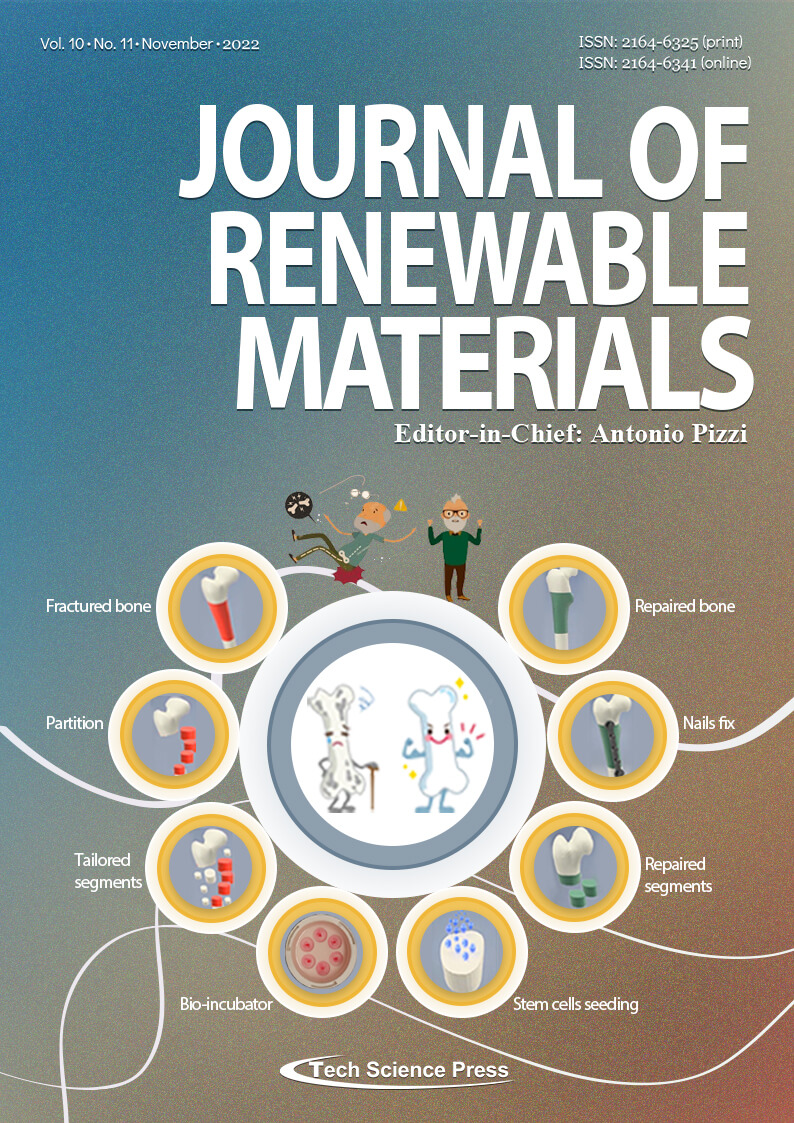Utilization of Dredged River Sediment in Preparing Autoclaved Aerated Concrete Blocks
Kai Zhang1,2, Qunshan Wei1,2,*, Shuai Jiang3, Zhemin Shen4, Yanxia Zhang1,2, Rui Tang1,2, Aiwu Yang1,2, Christopher W. K. Chow5
Journal of Renewable Materials, Vol.10, No.11, pp. 2989-3008, 2022, DOI:10.32604/jrm.2022.019821
- 29 June 2022
(This article belongs to the Special Issue: Recycled Concrete Towards a Sustainable Society)
Abstract In this study, the dredged river sediment, soft texture and fine particles, is mixed with other materials and transformed into eco-friendly autoclaved aerated concrete (hereinafter referred to as AAC) blocks. The results indicated the bricks produced under the conditions of 30%–34% dredged river sediment, 24% cement, 10% quick
lime, 30% fly ash, 2% gypsum and 0.09% aluminum powder with 0.5 water to material ratio, 2.2 MPa autoclave
pressure and 6 h autoclave time, the average compressive strength of 4.5 MPa and average dry density of
716.56 kg/m³ were obtained, the two parameters (strength & density)… More >
